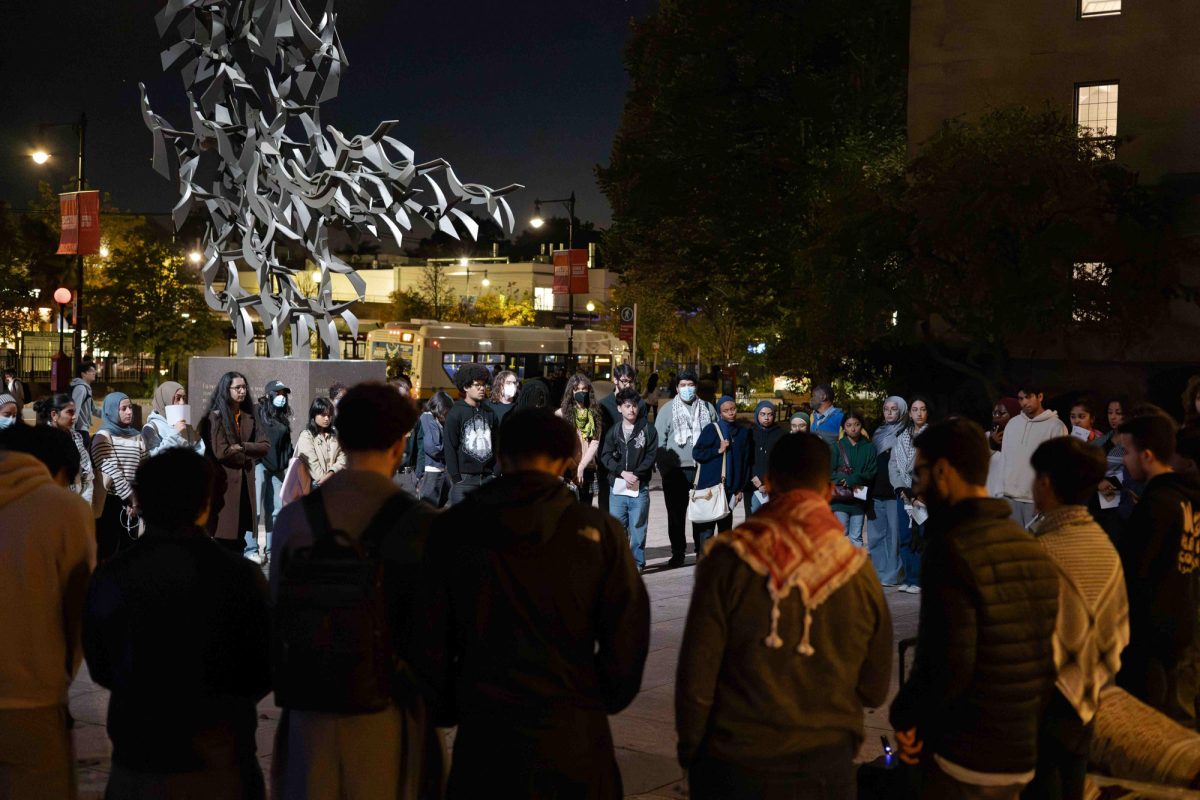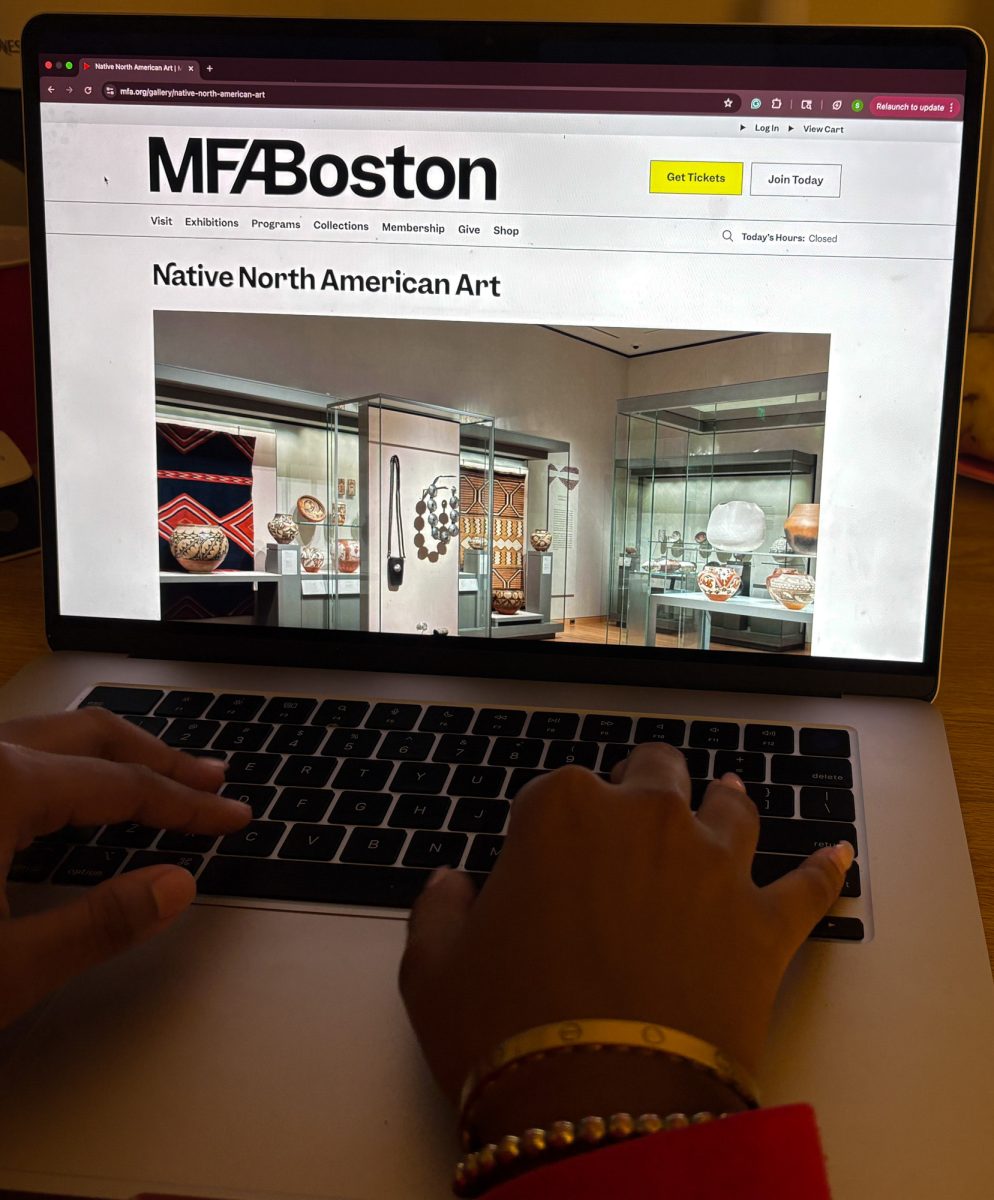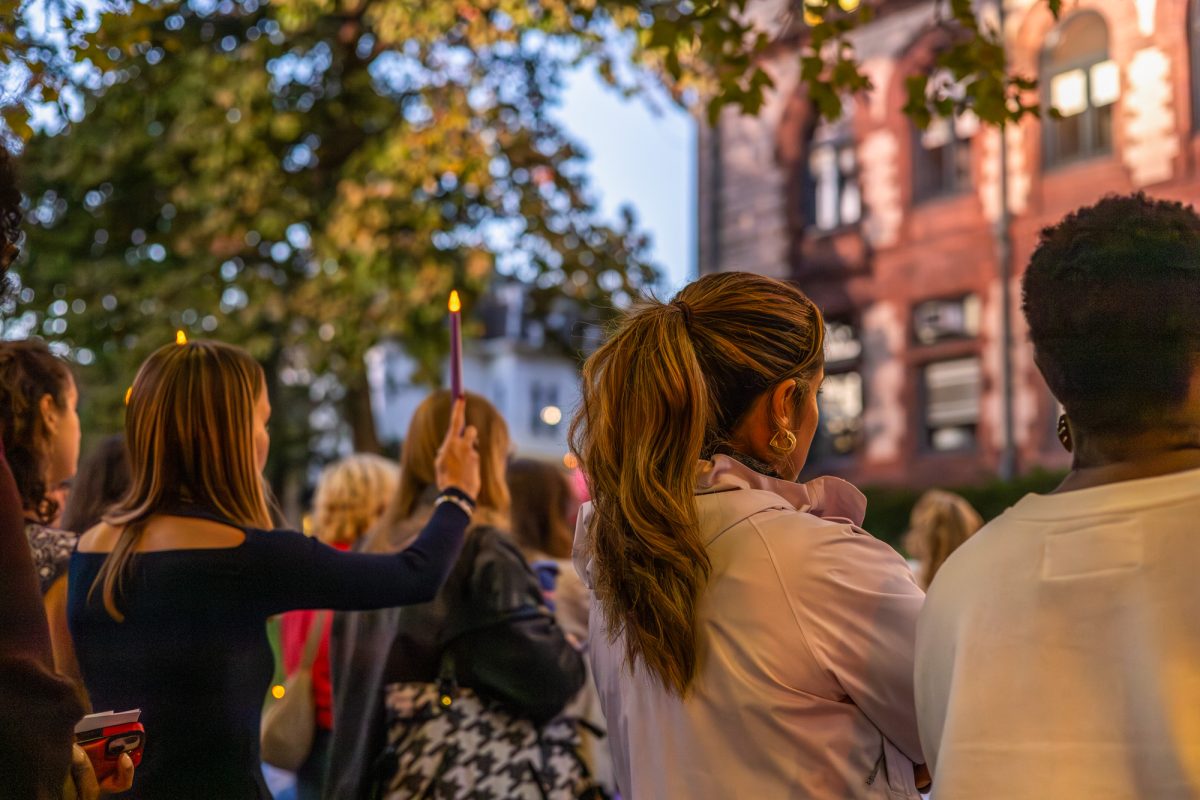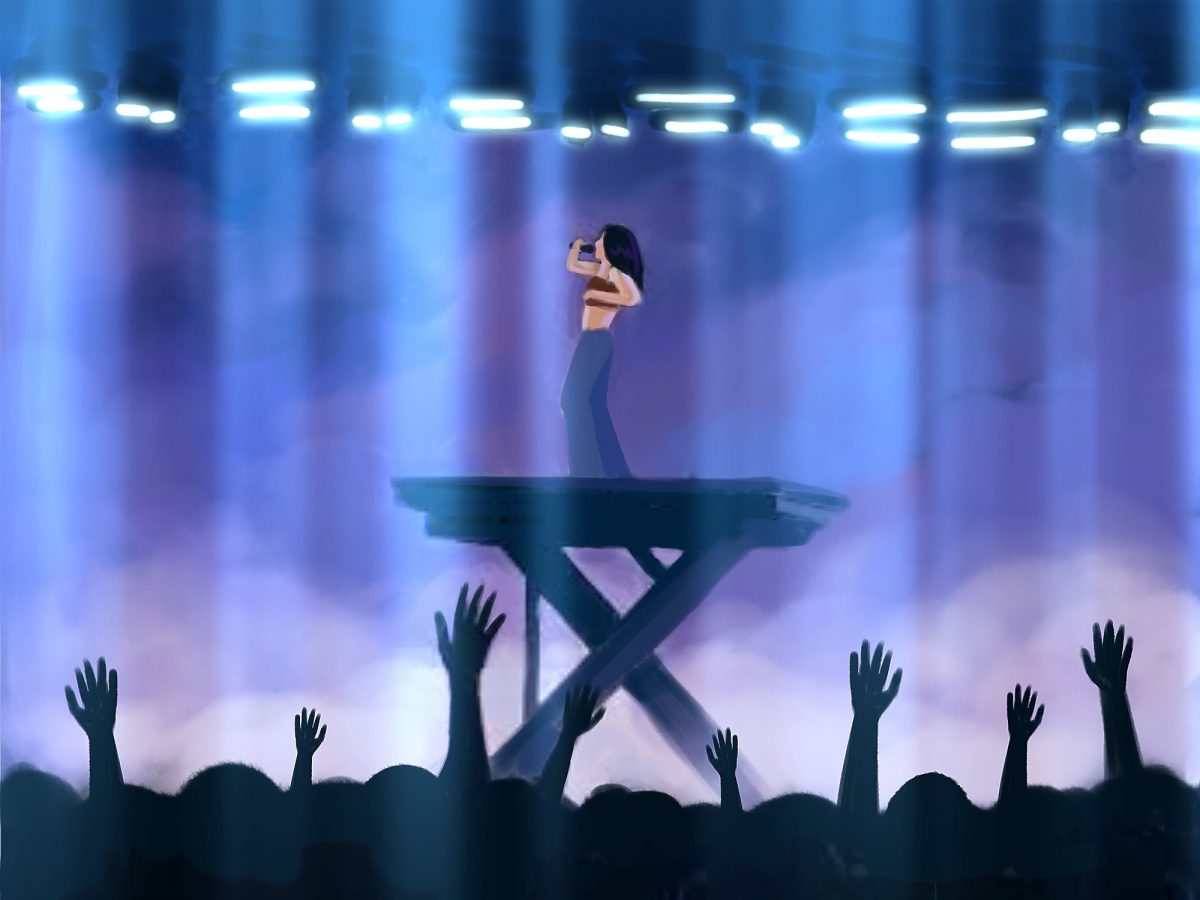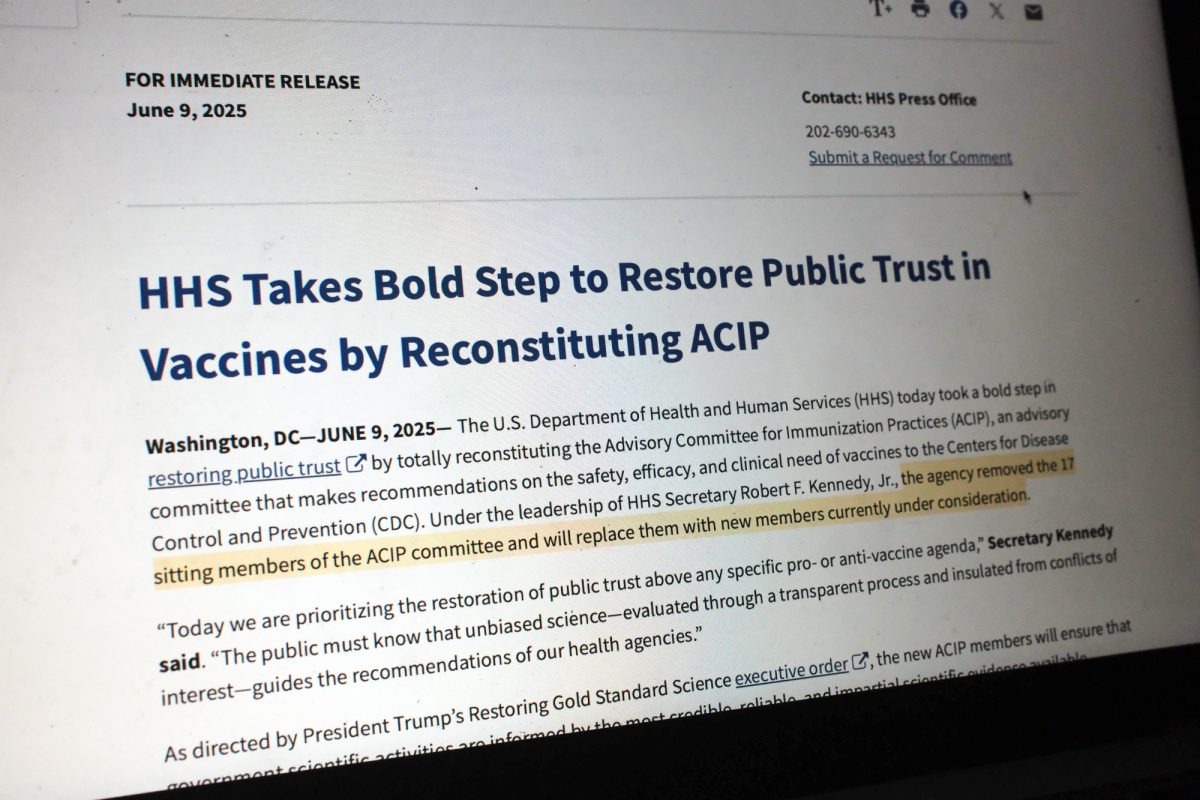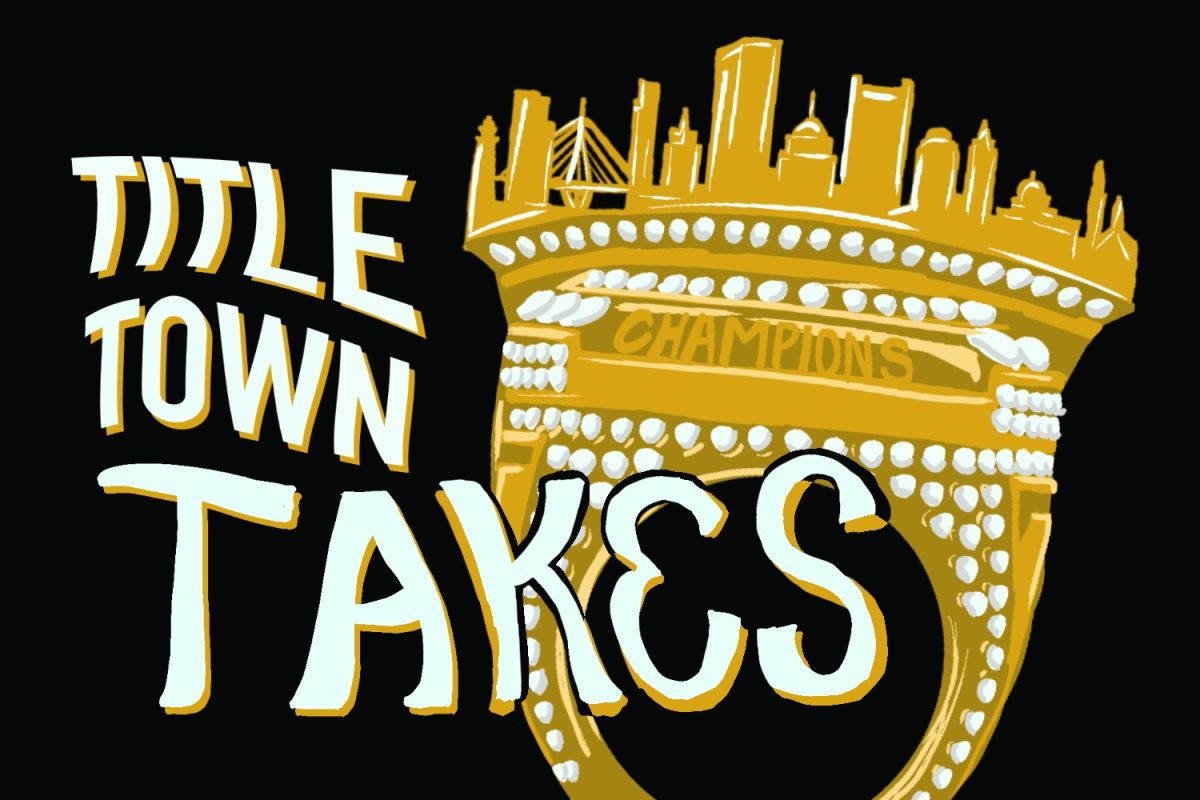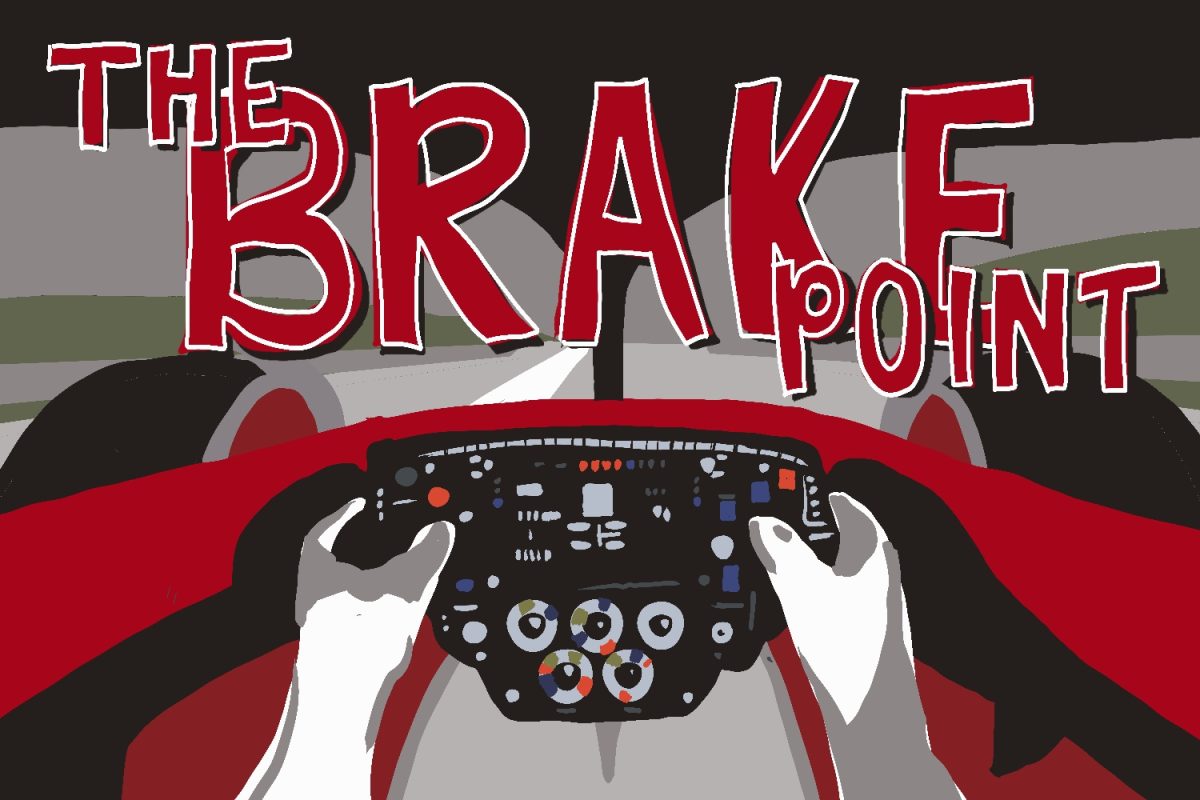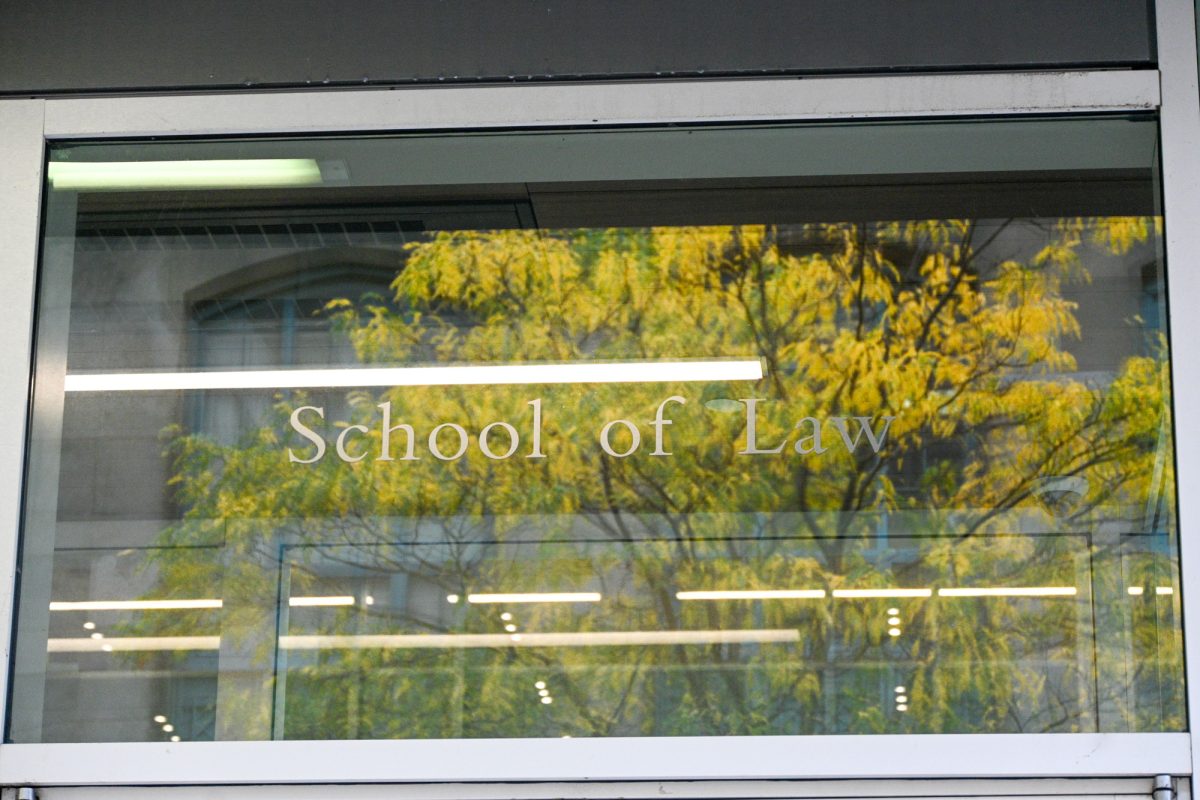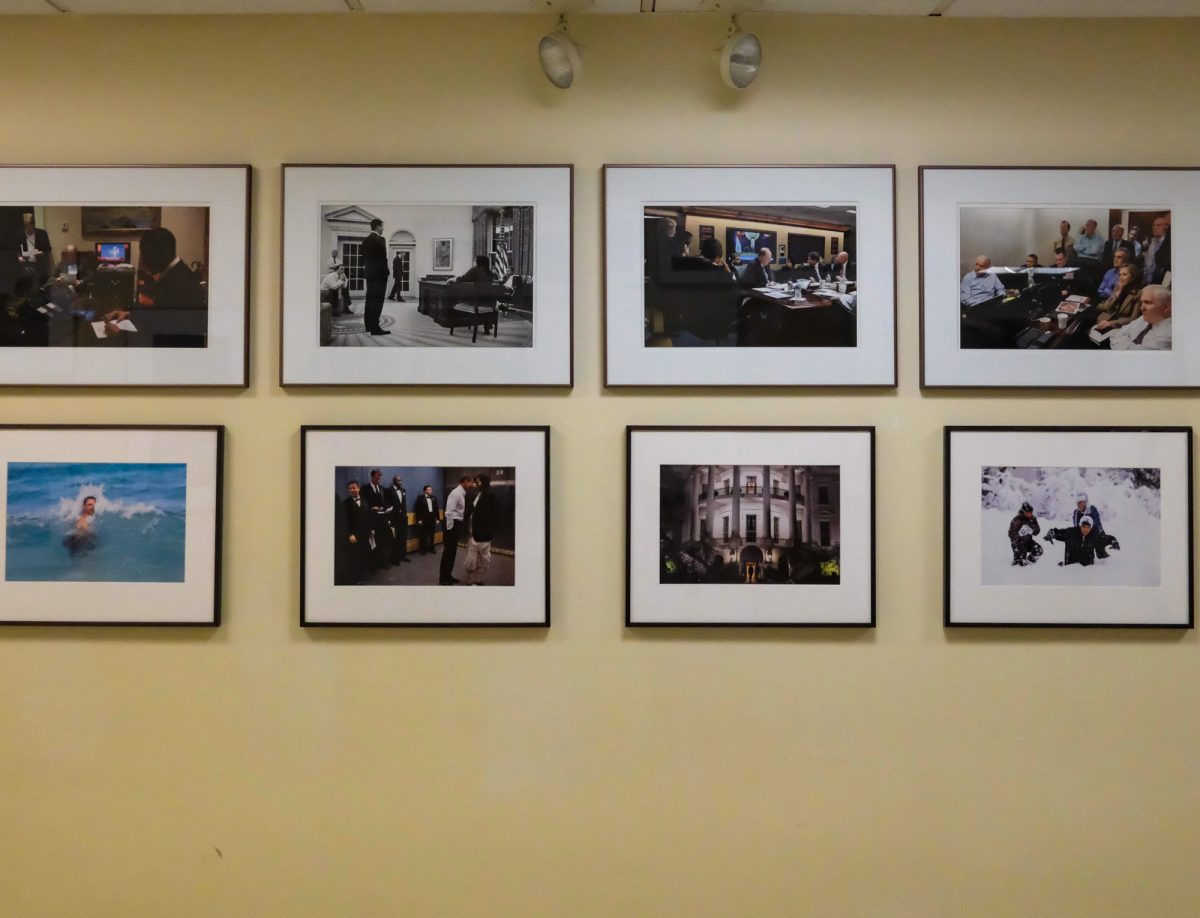Witty, humorous memes may play an important role in eating habits, according to a recent study, although many Boston University professors said they disagree.
Memes are cultural elements that carry themselves throughout generations. Internet memes – such as the BU Memes Facebook page – get their name from the meme theory suggested by Richard Dawkins in 1976.
Dawkins coined the term “meme” when he was looking for a word to convey the idea of a “unit of cultural transmission,” rhyming it with the word “gene” because memes are also a type of replicator.
In his book “The Selfish Gene,” Dawkins listed tunes, catch phrases, ideas and fashion as examples of memes.
David Katz, director of the Yale Prevention Research Center, related memes to two medical studies from February in his recent “Healthy Living” article from The Huffington Post.
Researchers found that behavioral mimicry may explain why people consume more food when others are eating more and less when others eat less.
Female test subjects were more likely to take bites within five seconds of each other, which the researchers labeled as mimicry, according to the study published in the online journal PLoS ONE.
Another study published in the Journal of Social and Clinical Psychology found that participants who believed their peer wanted them to eat consumed more food and wanted to consume the same amount as their peer.
The researchers linked this to sociotropy, which they explained as the desire to please others and keep good relationships.
Members of the BU community, however, said they did not agree with the value Katz placed on memes.
“The problem is [a meme] is not very much like a gene,” said Professor Matt Cartmill, who teaches biological anthropology at BU.
Genes are clearly defined by their chemical makeup and function, Cartmill said, but memes do not have such boundaries.
Cartmill also said he does not think meme theory furthers the scientific discussion very much or rehashes old knowledge.
Professor Jenny White, of BU’s anthropology department, said meme theory is flawed. She said the dietary memes explained by Katz are modeling a natural behavior in which humans learn how to act.
“That’s what [people] do in order to be sociable, but in the process they are also learning what to do,” she said. “That’s how culture is passed on – you don’t need a whole meme concept to explain that.”
BU Anthropology Professor Merry White, however, said the concept of a meme could be useful.
“Replication of a behavior or practice in face-to-face groups – or replication in social media, both make sense,” White said in an email. “It is through such replication that culture is created and codified – we create a way of doing something, such as eating with chopsticks, it becomes much more than an individual’s use of the tool, and eventually, can even become a stereotype – as in ‘chopstick cultures.’”
White said she also sees potential memes in the field of advertising.
“We see athletes used to promote certain foods or drinks,” White said. “I think the image of a big bruiser halfback is going to have some effect – and if young people who otherwise are eating junk see this guy with the milk mustache who is no sissy, just maybe it can become hardwired into a ‘meme’-like transferable idea.”
BU College of Arts and Sciences freshman Rocco Bagnarol said he was not very familiar with meme theory beyond the Internet trend.
But Bagnarol said he sees partying as a potential meme and that “popularity is related to how many pictures you have on Facebook with red plastic cups in your hands.”
Beata Gabriela Koziol, a CAS sophomore, said dining habits are more natural for people to mimic.
“Especially if you think about it from a social perspective,” Koziol said. “If someone says ‘I’m going to have dessert,’ you’ll say, ‘If you’re having it, I’m having it too.’”







